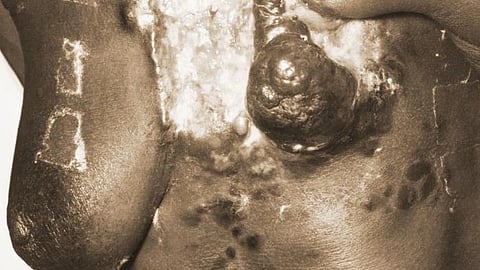What Did he Findings Show
Mammograms
Findings, published in the European Society of Medicine’s journal Medical Research Archives, show suboptimal utilization of annual screening mammograms among low-income Black women and several reported barriers. Almost half reported having annual mammograms; the remainder reported having mammograms every two to three years, and some women never had a mammogram in their lifetime, despite being age 40 or older.
Perception of Getting Cancer
Most Black women had a low breast cancer risk perception; 67 percent reported that it is ‘very unlikely’ that they will get breast cancer in the next five years and 60 percent believed that it is ‘very unlikely’ that they will get breast cancer in their lifetime.
From the medical record review, a total of 392 underserved women between the ages of 40 to 74 were eligible for an annual screening mammogram, with 62.5 percent identified as Black/African American. Only 31 percent had a documented mammogram in the EHR within the past two years.
Perception of Mammograms
Interestingly, researchers found that the participants perceived mammograms as very beneficial. Eighty percent believed that ‘if breast cancer is found early, it’s likely that the cancer can be successfully treated’ and 90 percent indicated that ‘having a mammogram could help find breast cancer when it is first getting started.’


